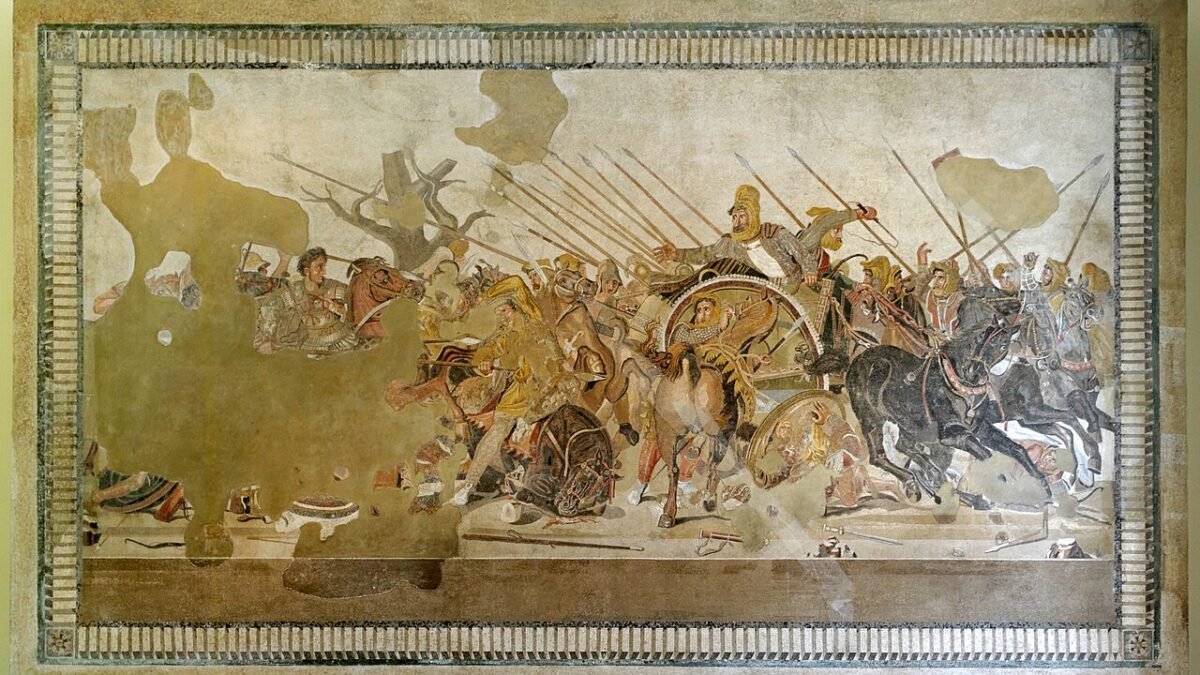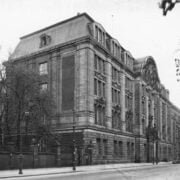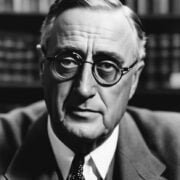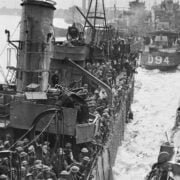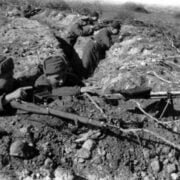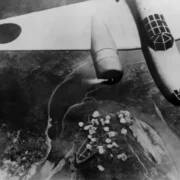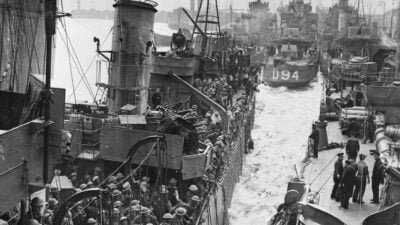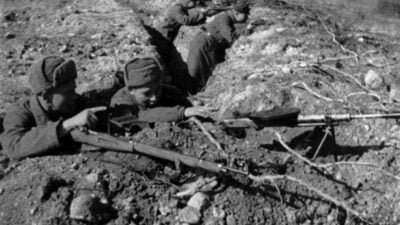Franklin D Roosevelt was the 32nd President of the United States of America and the only one to be elected for four consecutive terms. He led the country during one of the most challenging periods in American history, including the Great Depression and World War II. His biography is marked by an intense and challenging personal and political life.
Also check out: Julius Caesar: Roman General and Politician
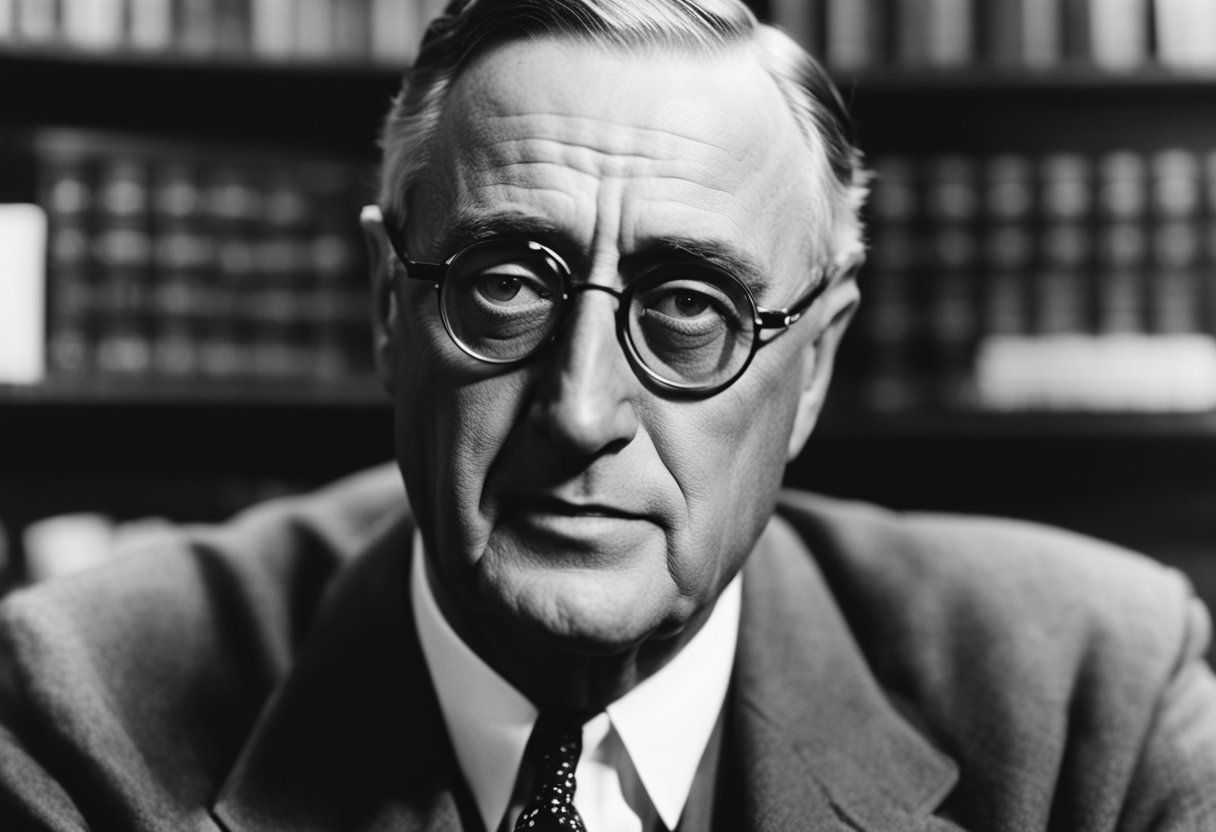
Born in New York in 1882, Roosevelt grew up in an affluent family and attended some of the finest schools in the country. However, his life took a drastic turn when he was diagnosed with polio in 1921, leaving him partially paralyzed. Despite this, he continued to pursue his political career and became the governor of New York in 1928 before being elected president in 1932.
During his four presidential terms, Roosevelt implemented a series of ambitious policies, including the New Deal, aimed at helping the American economy recover from the Great Depression. He also led the country during World War II and played a crucial role in the establishment of the United Nations. Roosevelt’s biography is a fascinating tale of perseverance, leadership, and determination in the face of significant challenges.
Stay Alert!
- Franklin D Roosevelt was the 32nd President of the United States and the only one to be elected to four consecutive terms.
- His biography is marked by an intense personal and political life, full of challenges, including the battle against polio.
- Roosevelt implemented ambitious policies, including the New Deal, and led the country during World War II, playing a crucial role in the creation of the United Nations.
Personal Life
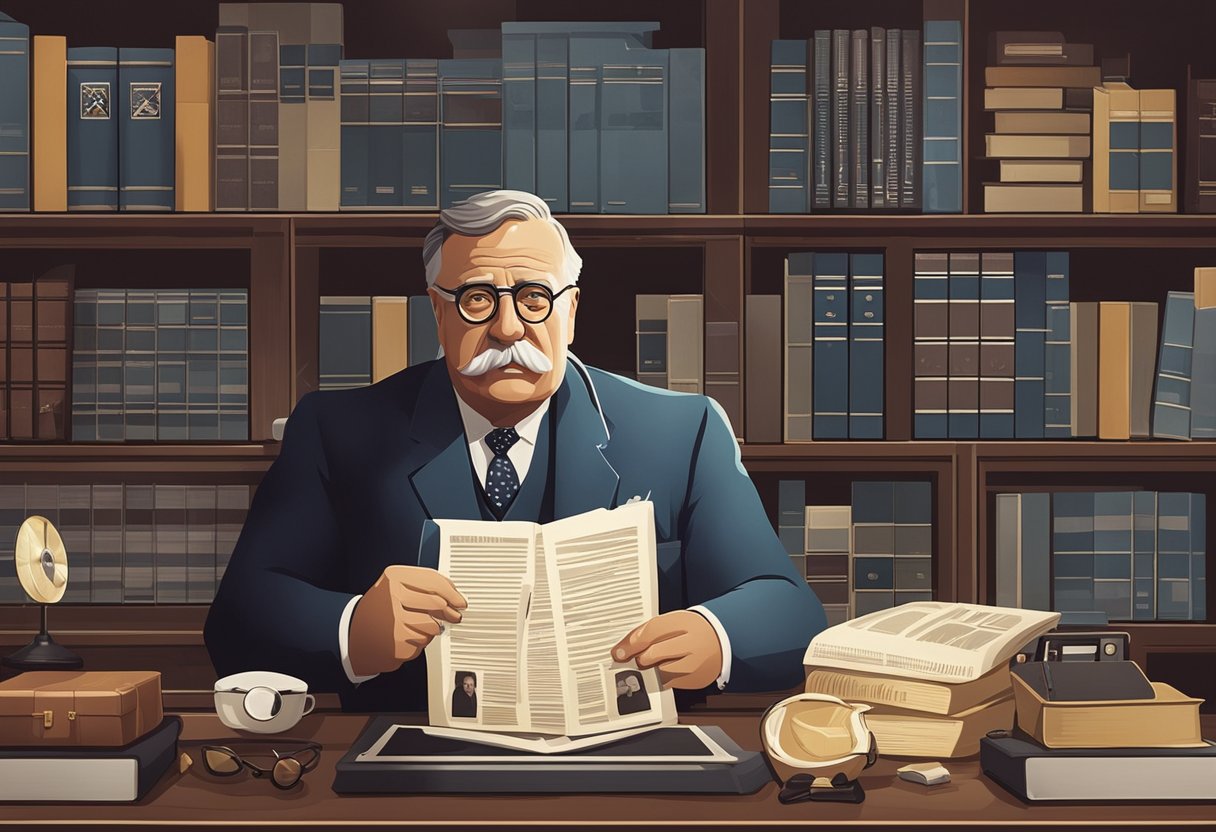
Childhood and Education
Franklin Delano Roosevelt was born in Hyde Park, New York, on January 30, 1882, into a wealthy family of Dutch descent. His father, James Roosevelt, was a successful businessman, while his mother, Sara Delano, came from a wealthy New York family. He attended Groton School and later Harvard University, where he studied history and political science.
Family and Relationships
Roosevelt married Anna Eleanor Roosevelt, his distant cousin, in 1905. They had six children together, including Franklin Delano Jr. and Anna Eleanor Roosevelt. The Roosevelt family was one of the most prominent and influential in the United States, with many members involved in politics and the arts.
Polio and Recovery
In 1921, Roosevelt contracted polio, which left him partially paralyzed. He largely recovered from his illness but remained confined to a wheelchair for the rest of his life. His struggle with polio led him to establish the National Foundation for Infantile Paralysis in Warm Springs, Georgia, where he spent much time recovering and working on charitable projects.
Death and Legacy
Roosevelt passed away on April 12, 1945, in Warm Springs, Georgia, during his fourth term as President of the United States. He left a lasting legacy in American politics, including the creation of many social and economic programs during the period known as the Roosevelt Era. He also played a crucial role in leading the United States during World War II, helping defeat the Axis Powers and establishing the United Nations.
Political Career
Franklin Delano Roosevelt began his political career in 1910, being elected as a Democratic senator for the Dutchess district in New York. In 1913, he was appointed Assistant Secretary of the United States Navy. During World War I, Roosevelt visited the French combat front.
Early Political Career
Roosevelt started his political career in 1910 when he was elected as a Democratic senator for the Dutchess district in New York, a position he held until 1913. In the same year, he was appointed Assistant Secretary of the United States Navy, a position he held until 1920.
Governor of New York
In 1928, Roosevelt was elected as the governor of New York, a position he held until 1932. During his tenure, he implemented various progressive policies, including the creation of the New York State Labor Practices Commission and the expansion of the state’s social welfare system.
Presidency of Franklin D Roosevelt
In 1932, Roosevelt was elected as the President of the United States by the Democratic Party. During his presidency, known as the “Roosevelt Era,” he implemented various progressive policies, including the New Deal, a series of programs and reforms aimed at combating the Great Depression. Key measures of the New Deal included the establishment of the National Recovery Administration, the passage of the National Labor Relations Act, and the Fair Labor Standards Act.
During World War II, Roosevelt led the United States against the Axis powers and worked to establish the United Nations. He was re-elected twice, in 1936 and 1940, becoming the first president to serve more than two terms. Roosevelt passed away in 1945 and was succeeded by Vice President Harry Truman.
New Deal and Domestic Policies
Franklin D Roosevelt was elected President of the United States in 1933, during the Great Depression. He implemented a series of domestic policies known as the New Deal, aimed at recovering the American economy and improving people’s lives.
The New Deal included a range of programs and laws that expanded the role of the federal government in the economy and in people’s lives. Some of the most well-known programs included Social Security, which created a social security system for the elderly and disabled; the National Recovery Administration, which established codes of conduct for businesses and workers; and the National Labor Relations Act, which protected workers’ rights to form unions and negotiate collectively.
Other important laws included the Fair Labor Standards Act, which set a minimum wage and limits on working hours, and the Civil Rights Act of 1964, which prohibited discrimination based on race, color, religion, sex, or national origin.
The New Deal was implemented with the assistance of Harry Hopkins, a close aide to Roosevelt who oversaw many of the government programs. Frances Perkins, the first woman to serve in a presidential cabinet position, was the Secretary of Labor throughout Roosevelt’s tenure and played a crucial role in the creation of many labor and social security laws.
Although the New Deal was criticized by some as overly interventionist, many believe it helped save the American economy and improve people’s lives during a challenging time in the country’s history.
Foreign Policy and World War II
During Franklin D Roosevelt’s presidency, the foreign policy of the United States underwent significant changes. Concerning Europe, Roosevelt adopted a policy of aid to the Allied countries that were at war with the Axis Powers. This policy, known as Lend-Lease, allowed the United States to provide military supplies to the Allied countries without requiring immediate payment.
Pre-War Policy
Before World War II, Roosevelt attempted to keep the United States out of the conflict while simultaneously supporting countries fighting against the Axis Powers. In 1940, Roosevelt was re-elected for a third term, becoming the only U.S. president to serve more than two terms.
During this period, Roosevelt met with Winston Churchill, the Prime Minister of the United Kingdom, to discuss war strategy and how the United States could assist the Allied countries. In 1941, Roosevelt authorized the sale of military supplies to the Soviet Union, which was also battling the Axis Powers.
World War II and Franklin D Roosevelt
In December 1941, the Japanese attacked the naval base at Pearl Harbor, Hawaii. Roosevelt, who had sought to keep the United States out of the war, declared war on Japan the following day. Shortly thereafter, Germany and Italy declared war on the United States.
During World War II, Roosevelt led the United States and the Allied countries in the fight against the Axis Powers. He met with Churchill and Josef Stalin, the leader of the Soviet Union, at the Yalta Conference in 1945 to discuss war strategy and the formation of the United Nations (UN).
With the end of the war in 1945, Roosevelt died of a stroke and was succeeded by Vice President Harry S. Truman. Roosevelt’s foreign policy during World War II was crucial to the victory of the Allied countries against the Axis Powers.
Attention, this article was written using KoalaWriter and revised by me (From: Historical Horizon).
